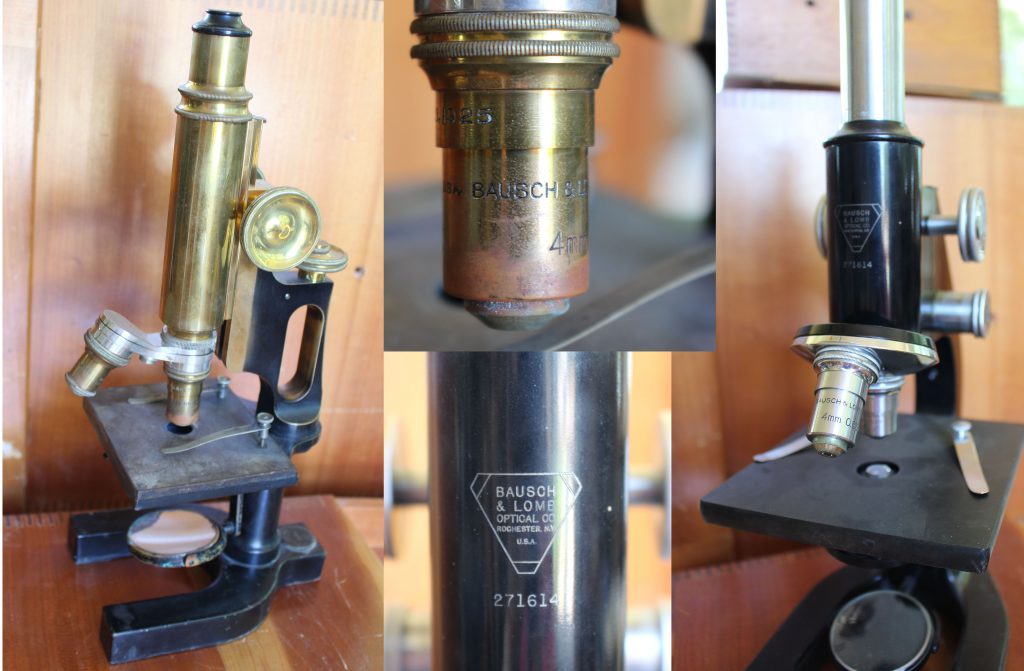In 2014, Promega created a special incentive to reward field science consultants who help the scientific community take advantage of our on-site stocking program. The winners had to meet ambitious criteria to receive 2 round-trip tickets to anywhere in the world, a week of paid vacation and spending money. Our four winners from 2014 will share photos and stories about their journeys in a semi-regular Friday feature on the Promega Connections Blog.
Today’s travelogue is Part II of the adventures of Sarah Theos, a client support consultant, who used her award to travel to New Zealand. You can read Part I here.
Day 7: Queenstown to Te Anau
My husband surprised me that morning by booking a massage appointment at the spa to soothe my aching muscles. It was a rainy morning and we had a long drive ahead of us to the town of Te Anau, the stopover town on the way to the Fiordland National Park and Milford Sound. We also saw that we had lucked out on our itinerary as it was supposed to be a beautiful day in Milford the next day (a place that gets over 300 days of rain each year). Therefore, we didn’t mind one more day of rain if it meant the next day would be amazing. We drove through the Canterbury plains, passing tons of sheep and dairy farms along the way. We also found it interesting that they farm deer in NZ. We drove past a lot of deer farms. When we arrived in Te Anau, we grabbed some food and went to the local grocery store to stock up on snacks and more wine. New Zealand has a booming wine industry and we thought that it was worth sampling as many wines as we could. The day was gray and cold but we decided to walk along Lake Te Anau anyway. It is a beautiful, massive lake but we didn’t see very much of the surrounding mountains because of the fog. We stopped briefly at the bird sanctuary to see the Kaka, the Crested Grebe, and other beautiful birds. That evening, we had the most amazing 5 star dinner at the Redcliff Café and loved it so much that we booked a table there for the next evening! Since we were getting up super early the next day to drive to Milford, we went to bed early.
Day 8: Drive through the Fiordland to Milford Sound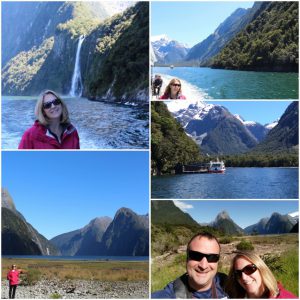
This had to be my most favorite day of the entire trip. Not only was the weather amazing, the entire drive to and from Milford Sound was mind blowing. The New Zealanders call Milford the 8th Natural Wonder of the World and it is easy to see why. It is in a remote part of the island and 99% of the Fiordland will never see a human. The Fiordland has waterfalls aplenty, sweeping, colorful landscapes with millions of gorgeous lupin flowers and gigantic, snow covered mountains. It truly feels as though you have entered another world. We left early so we would avoid the dreaded crowds and tour buses that clog the two lane road from 10am-4pm. We stopped constantly as the views just kept getting better and better around every twist and turn. One notable stop was The Chasm. The Chasm is where the raging Cleddau River has worn a path straight through the mountain so it virtually disappears into the rock. There are many massive, perfectly round pothole formations in the limestone where pebbles have worn their way through the rocks. We were the only two people there at that time of the morning. It felt majestic just to stand there and listen to the tremendous sound of the powerful river disappearing into the mountain and reappearing on the other side. Continue reading “Exploring the Land of the Silver Fern—Part II”
Like this:
Like Loading...
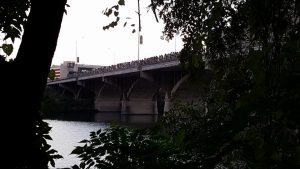
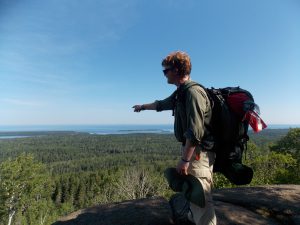
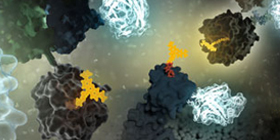
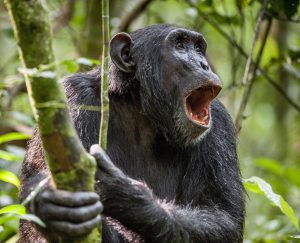

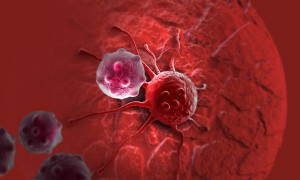

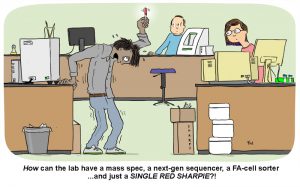
 Science is all around us— in everything we touch, smell, taste and see. It is in the flowers in our gardens, the molecules of pollen and oils that give those flowers scent, the crystals of sodium chloride that gives our food flavor and the way light is bent and changed to give our world color. There is science in the way we look like our great-great grandmother, and science in the way we are so different from each other. As the granddaughter of a forester and a botanist and the daughter of a science teacher, there has been science in my life for as long as I can remember. Recently my parents moved to a retirement home, and as I spent time helping them downsize, I took pictures of some of the ‘science’ that surrounded my as I grew up.
Science is all around us— in everything we touch, smell, taste and see. It is in the flowers in our gardens, the molecules of pollen and oils that give those flowers scent, the crystals of sodium chloride that gives our food flavor and the way light is bent and changed to give our world color. There is science in the way we look like our great-great grandmother, and science in the way we are so different from each other. As the granddaughter of a forester and a botanist and the daughter of a science teacher, there has been science in my life for as long as I can remember. Recently my parents moved to a retirement home, and as I spent time helping them downsize, I took pictures of some of the ‘science’ that surrounded my as I grew up.